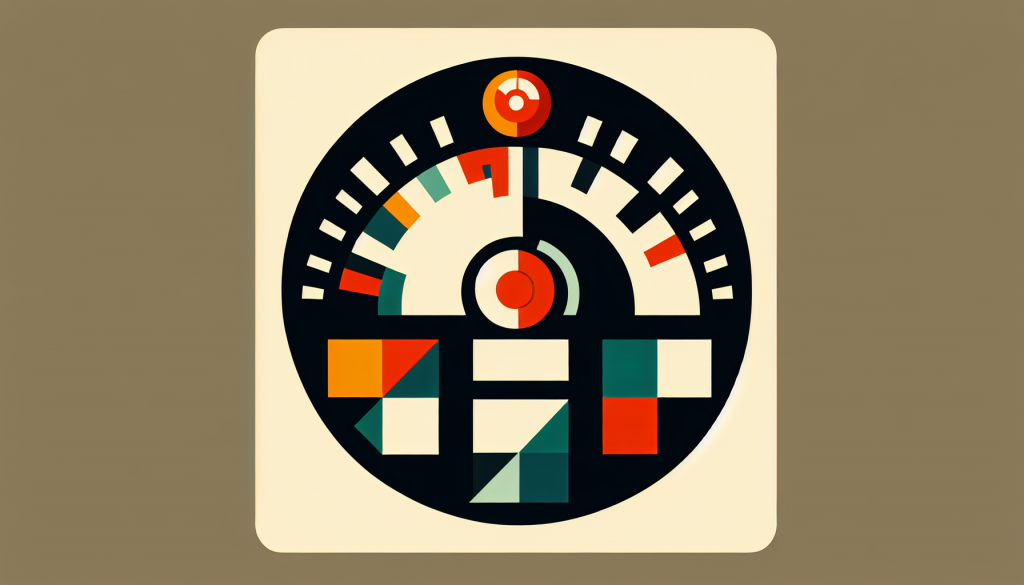Decoding Dashboard Warning Lights
Dashboard warning lights are like your car’s way of sending an SOS. Knowing what they mean can save you from a lot of headaches and hefty repair bills.
Why Dashboard Warning Lights Matter
Think of dashboard warning lights as your car’s way of talking to you. They give you a heads-up about everything from minor hiccups to major problems that need fixing right away. Ignoring these lights? Bad idea. It could cost you big time and even put you in danger.
Keeping an eye on these lights helps your car run smoothly and last longer. Plus, it keeps you from getting stranded on the side of the road. For more tips on figuring out what’s wrong, check out our dashboard warning light diagnosis guide.
Common Dashboard Warning Lights and What They Mean
Here’s a quick rundown of common dashboard warning lights and what they’re trying to tell you:
| Warning Light | Meaning |
|---|---|
| Check Engine Light | Something’s up with the engine. |
| Battery Warning Light | Battery or charging system issue. |
| Oil Pressure Light | Low oil pressure. |
| Brake System Light | Problem with the brakes. |
| ABS Light | Anti-lock braking system issue. |
| Coolant Temperature Light | Engine’s too hot. |
| Airbag Warning Light | Airbag system problem. |
| Transmission Warning Light | Transmission trouble. |
Knowing what these lights mean can help you act fast. For more details, visit our dashboard warning light meanings page.
Check Engine Light: This could be anything from a loose gas cap to a serious engine problem. Get it checked out ASAP.
Battery Warning Light: Your battery might be dying, or there could be an issue with the alternator or connections.
Oil Pressure Light: Low oil pressure can wreck your engine. Stop and check your oil right away.
Brake System Light: This could mean low brake fluid, worn-out brake pads, or something more serious. Don’t ignore it.
ABS Light: If this light is on, your anti-lock brakes might not work properly, which is a big deal in emergencies.
Coolant Temperature Light: Overheating can cause major engine damage. Check your coolant levels and cooling system.
Airbag Warning Light: If this light is on, your airbags might not deploy in a crash. That’s a serious safety issue.
Transmission Warning Light: Transmission problems can mess up your car’s performance or even cause a breakdown. Get it looked at quickly.
For more troubleshooting tips and fixes, read our dashboard warning lights solutions article.
By knowing what these dashboard warning lights mean, you can keep your car in great shape and stay safe on the road.
Flickering Dashboard Warning Lights: What’s Going On?
Seeing those dashboard lights flicker can be a real head-scratcher. But don’t worry, we’ve got the lowdown on what might be causing it and what you can do about it. Let’s break it down.
Why Are My Dashboard Lights Flickering?
Flickering lights on your dashboard can be caused by a bunch of different things. Here’s a quick rundown:
| Cause | What’s Happening |
|---|---|
| Battery Issues | If your battery’s on its last legs, it might not be giving a steady power supply, making those lights flicker. Check out more on battery issues. |
| Alternator Problems | A wonky alternator might not be charging the battery right, causing electrical hiccups. Get the scoop on alternator problems. |
| Loose or Corroded Connections | If the electrical connections are loose or corroded, the power flow gets messed up, leading to flickering lights. |
| Faulty Wiring | Worn-out or damaged wiring can cause all sorts of electrical issues, including flickering lights. |
| Fuse Issues | Blown or bad fuses can mess with your dashboard lights. Learn more about fuse issues. |
| Ignition Switch Problems | If the ignition switch is acting up, it can cause irregular power supply, making the lights flicker. |
What To Do When Your Dashboard Lights Flicker
When those lights start flickering, it’s time to roll up your sleeves and figure out what’s going on. Here’s what you should do:
- Check the Battery and Alternator:
- Look at the battery terminals. Are they corroded? Make sure they’re tight.
- Use a multimeter to check the battery voltage. It should be around 12.6 volts when the engine’s off and 13.7 to 14.7 volts when it’s running.
- Test the alternator output with a multimeter. If the voltage is off, you might need a pro to take a look. More on alternator issues.
- Inspect Electrical Connections:
- Check all the visible connections under the hood and behind the dashboard. Are they loose or corroded?
- Tighten and clean any connections that look iffy.
- Examine Fuses:
- Find the fuse box and check the fuses related to the dashboard lights.
- Replace any blown or bad fuses with ones of the same amperage. Need help? Check out our guide on fuse issues.
- Look for Wiring Problems:
- Inspect the wiring harness for any damage or wear.
- Fix or replace any damaged wires.
- Test the Ignition Switch:
- Turn the ignition on and off a few times while watching the dashboard lights.
- If the lights flicker or act weird, the ignition switch might be the problem. Time to call in a pro for a thorough check.
By following these steps, you can figure out why your dashboard lights are flickering and fix the problem. For more detailed info, check out our articles on dashboard warning light diagnosis and dashboard warning light repair.
Knowing what’s causing those flickering lights and how to fix them can keep your car running smoothly and safely. For more tips and tricks, explore our dashboard warning light troubleshooting guide.



